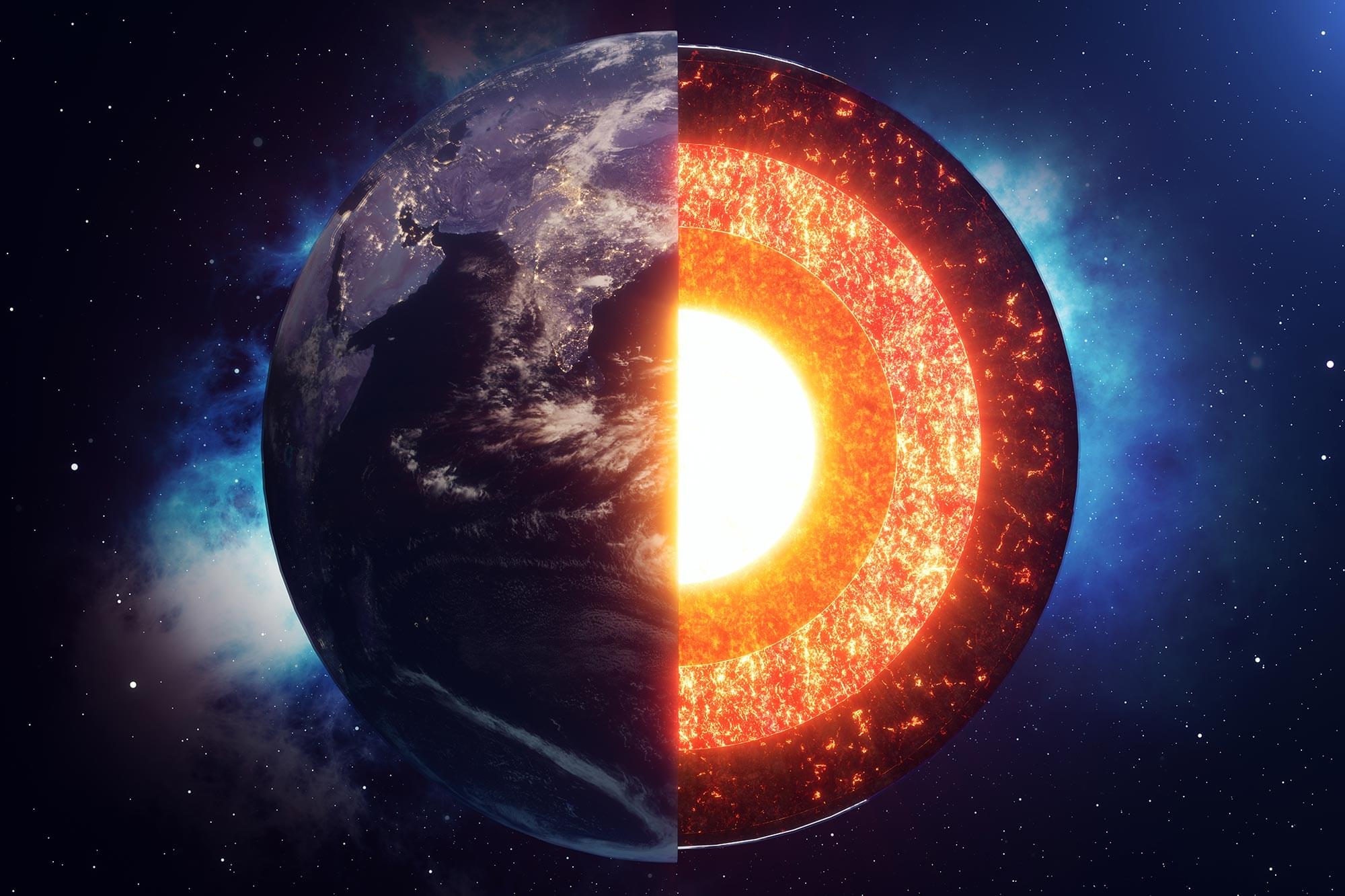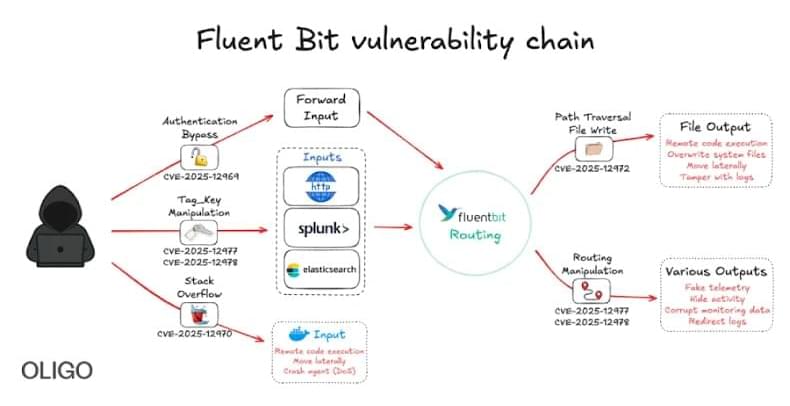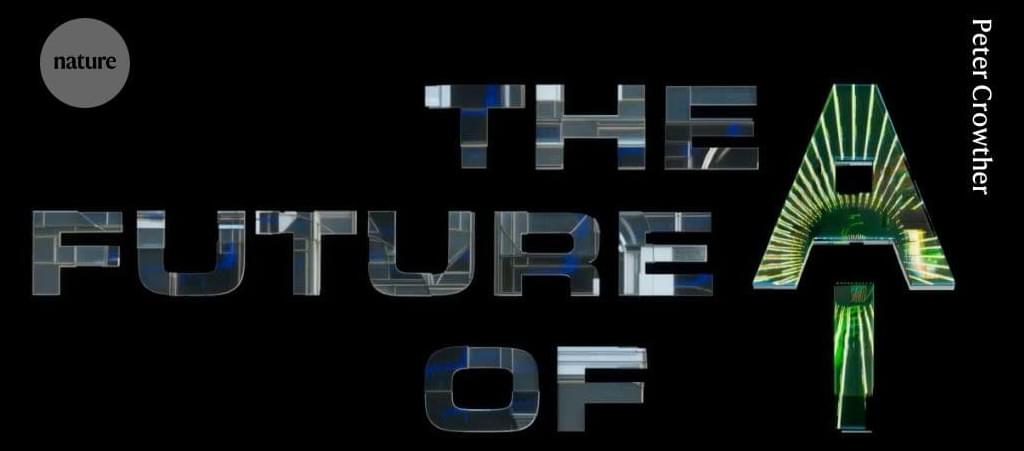A joint research team has made important progress in the field of photoneutron cross section measurement. The team proposed a substitution measurement method that avoids the use of expensive and hard-to-prepare high-purity isotope targets, successfully measuring the 65 Cu(γ, n)64 Cu reaction cross section with high precision. This method only relies on natural copper (natCu) and previously measured copper-63 (63 Cu) data, without modifying experimental facility parameters, making it simple, efficient, and low-cost.
The related research results have been published in the journal Nuclear Science and Techniques. The team includes researchers from Henan Normal University, Shanghai Advanced Research Institute of the Chinese Academy of Sciences, Shanghai Institute of Applied Physics of the Chinese Academy of Sciences, and other institutions.








